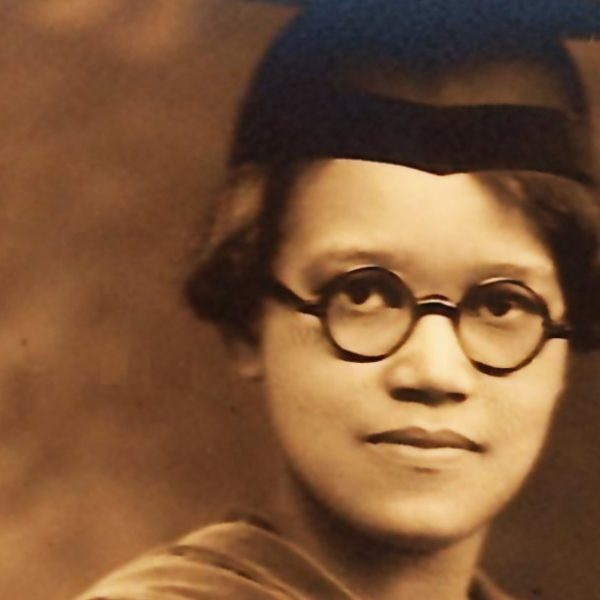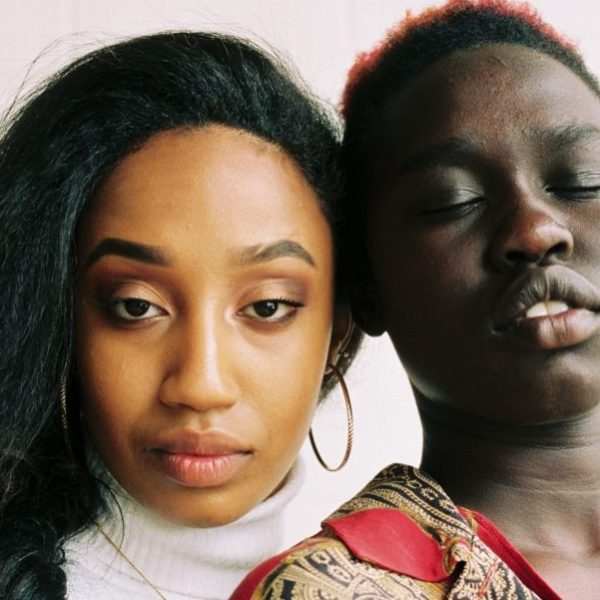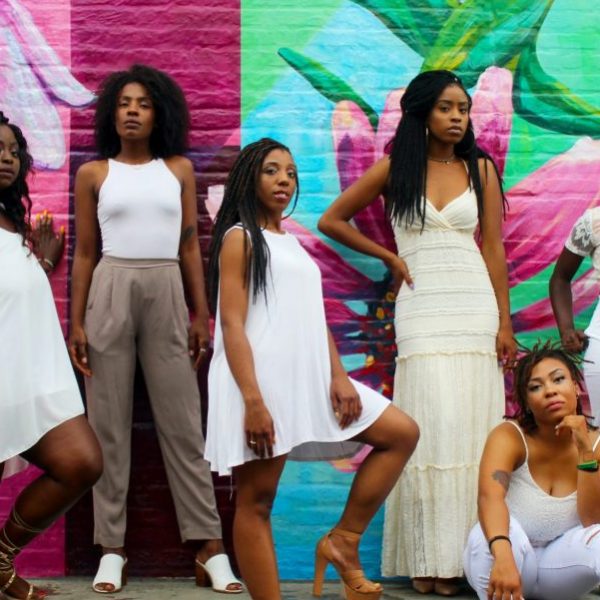Overturning Stereotypes in Black Gotham
The new film The Help, based on Kathryn Stockett’s novel of the same name, has been a box office success but has also been met with some thought-provoking criticism. A review in RD Magazine claims that the plot suggests black women need white women to give them a voice, while another in the Boston Globe says it is too simplistic for the issues it addresses, a “quick fix” that “lets us pat ourselves on the back over how far we’ve come.” Yale University Press author Melissa Harris-Perry agrees, having live-tweeted that the film depicts “white girls [giving] black women the courage to resist exploitation.”
 The controversy is unsurprising, since telling the stories of black Americans throughout American history has always been difficult. Many perspectives need to be taken into account to create an emotionally realistic portrait, which can be difficult in a single work. Meanwhile, an obstacle to historical accuracy is the basic lack of records. At a certain point in the histories of African slaves, genealogies simply stop, since keeping slave families’ records did not concern white slavers and usually not white owners, either.
The controversy is unsurprising, since telling the stories of black Americans throughout American history has always been difficult. Many perspectives need to be taken into account to create an emotionally realistic portrait, which can be difficult in a single work. Meanwhile, an obstacle to historical accuracy is the basic lack of records. At a certain point in the histories of African slaves, genealogies simply stop, since keeping slave families’ records did not concern white slavers and usually not white owners, either.
Tracing the history of free blacks can pose just as many difficulties, as Carla L. Peterson knew when she began Black Gotham: A Family History of African Americans in Nineteenth-Century New York City. Finding connections among her ancestors, she explains, was difficult, but one of the most important issues she faced was dismantling stereotypes about African-American history. The black elite, Peterson notes, did not suddenly appear in the twentieth century, as often assumed, but in fact rose during the mid-1800s in areas other than Harlem. Not all black New Yorkers during this period were free, but neither were all of them poor. Some of the author’s predecessors belonged to a black elite during the late 1840s.
Peterson’s great-grandfather Philip White, who was born in 1823 and died in 1891, was apprenticed at seventeen years old to pharmacist James McCune Smith, also an African American. Smith owned both a drugstore and a medical practice for black and poor white patients. He was also hired as a doctor at the Colored Orphan Asylum. While White was working in the pharmacy, he became known for his industry, studiousness, perseverance, and honesty. Later, he became the first African American to graduate from the College of Pharmacy of the City of New York and soon opened his own drugstore. An advertisement for the store appeared in the first issue of Frederick Douglass’ newspaper North Star. White belonged to the class of businessmen, the “enterprising blacks” that a Brooklyn schoolteacher of the period named “an aristocracy.” It is a class that has been forgotten for much of American history. Histories are easily forgotten when literacy is limited and funds are unavailable, but preservation is nearly impossible when the government consciously removes their memorials or its members suppress painful memories. One woman’s family tree not only recovers one community’s story but also reminds us of all of those still lost.



